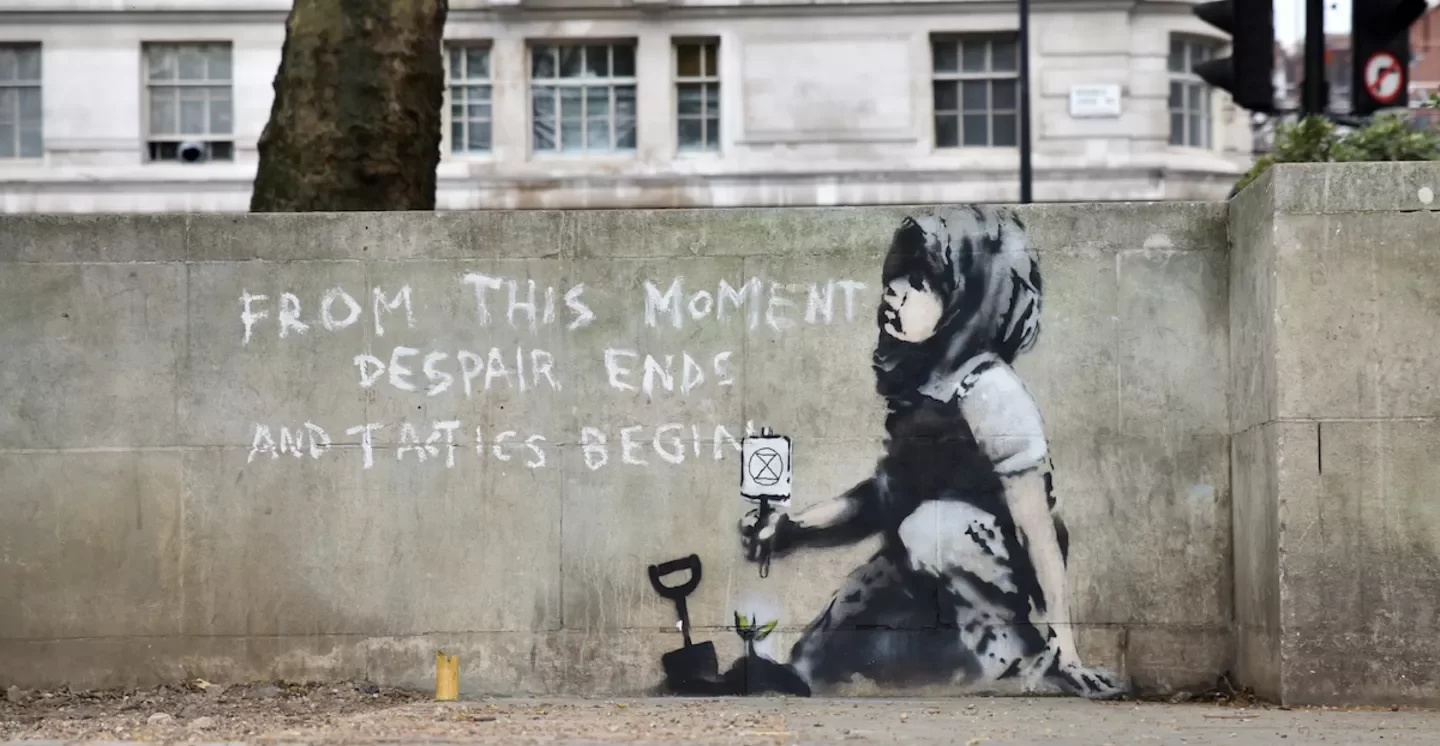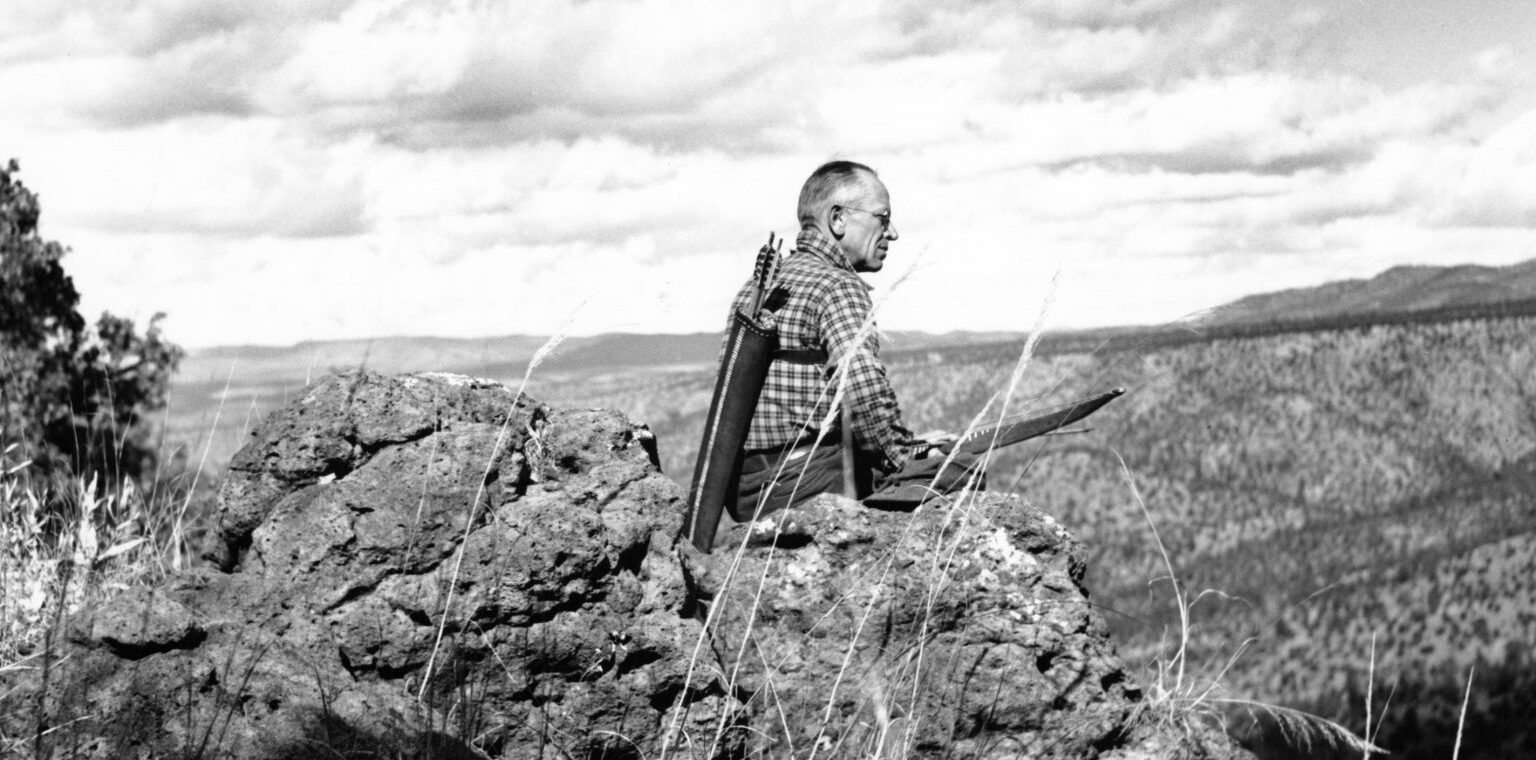How The Humanities Can Help Address Environmental Issues
The importance of the humanities in addressing the world’s environmental issues cannot be overstated. The humanities (or liberal arts) are the branches of knowledge that examine the human condition, and our exchange of ideas, through artistic or philosophical perspectives; this includes philosophy, history, anthropology, literature, languages, theater, media, music, art, and global/cultural studies. These disciplines are vital to societal understanding of, and engagement with, various environmental issues. They help us understand ourselves as “a part of nature, not apart from nature.” The liberal arts spread awareness, encourage empathy, spur innovation, educate the public, and influence public opinion.
The humanities were vital to the start of the cultural environmental movement. In fact, Rachel Carson’s literary and scientific work, Silent Spring, published in 1962, is often credited with starting the public environmental movement. Her work is touted as containing meticulous scientific research, poetic imagery, and rhetorical excellence. Not only did she sow the seeds of the ecological movement in the U.S., but her work would go on to influence many other artists. In an online article by environmentandsociety.org, her influence on environmental artists is discussed in detail:
Nature writers who explicitly speak of Carson mention both her profound impact on the modern environmental movement as well as her influence on them personally. Seminal nature writer Scott Russell Sanders lists Carson alongside figures such as Aldo Leopold, John Muir, and Henry David Thoreau…Prolific poet and essayist Alison Hawthorne Deming cites Carson’s Silent Spring as one of the books that have most influenced her…Rebecca Solnit, whose work often centers on landscape and ecology, credits Silent Spring with leading to “the far greater environmental literacy of the public, the necessary precursor to any broad environmental movement”….[And,] environmental philosopher and nature writer Kathleen Dean Moore…links the “sense of wonder” evoked by Carson to environmental ethics…
Carson and Silent Spring have [also] inspired a number of poetic responses. The editors of the 2004 collection Wild Reckoning: An Anthology Provoked by Rachel Carson’s Silent Spring put together a poetic celebration of the “sense of unity of living things”…, which to them epitomizes Carson’s enduring influence. The poems range throughout literary history, but the editors also commissioned seventeen of the poems especially for the project, asking each poet to work with a scientist to produce a dialog that would result in a poem…
She even influenced works in the theater and the visual arts.
After Carson’s work initiated the environmental movement, the “artist Robert Rauschenberg, who grew up despising the rank smells of the oil refinery in his heavily polluted hometown of Port Arthur, Texas, responded with ‘Earth Day,’ a poster benefiting the American Environmental Foundation” in 1970. (nytimes.com) This poster was highly evocative and helped spur on the popularity of the, now global, environmental awareness day. On the Rauschenberg Foundation website, they describe the poster and the artist as such:
Using the bald eagle as the dominant image, the artist symbolically placed the United States at the center of a global problem. Muted and muddy tones depicting environmental decay surround the national bird: polluted cities, contaminated waters, junkyards littered with debris, landscapes scarred by highways and deforestation, and the gorilla, another endangered animal. The safekeeping of the environment and the notion of individual responsibility for the welfare of life on earth was a longstanding concern of Rauschenberg, and this notion would inform his art and activism throughout his life…
Yet, after several pivotal initial responses at the beginning of the environmental movement in the 1970s, artistic works about ecological issues, especially climate change and its effects, were few and far between. This caused American environmentalist, Bill McKibben to lament in a 2005 Grist article:
Here’s the paradox: If the scientists are right, we’re living through the biggest thing that’s happened since human civilization emerged. One species, ours, has by itself in the course of a couple of generations managed to powerfully raise the temperature of an entire planet, to knock its most basic systems out of kilter. But oddly, though we know about it, we don’t know about it. It hasn’t registered in our gut; it isn’t part of our culture. Where are the books? The poems? The plays? The goddamn operas? Compare it to, say, the horror of AIDS in the last two decades, which has produced a staggering outpouring of art that, in turn, has had real political effect. I mean, when people someday look back on our moment, the single most significant item will doubtless be the sudden spiking temperature. But they’ll have a hell of a time figuring out what it meant to us…
One has to wonder if the rise in artistic works after this article was published was in any way encouraged by it. My own environmental activism journey started with watching An Inconvenient Truth by former Vice President Al Gore, released in 2006.
Since then, many works in literature, films, music, and visual arts have highlighted the human impact on the environment, both fiction and non-fiction. One author, who often deals with environmental issues is Richard Powers, and my favorite novel of his is The Overstory. This is a beautifully written fictional work, based on scientific facts about our environment and trees, that evokes feelings of connection and empathy towards our planet. Another great environmental writer is Elizabeth Kolbert, and, to me, her most impactful work is The Sixth Extinction: An Unnatural History. This is a non-fiction work that seamlessly combines natural history, scientific facts, and storytelling to address the devastating effects that humans have had, and are having, on the other life on this planet.
In the cinematic realm, there are several environmental works worth noting. Dr. Seuss’ 1971 The Lorax was made into a cartoon movie in 2012 allowing a whole new generation to “speak for the trees.” (For a special treat, check out the YouTube Video of Wes Tank rapping The Lorax.) Two fictional films that address the hazards of ignoring the scientific community are The Day After Tomorrow (2005) and Don’t Look Up (2021). A film that deals with the human effects on life on Earth, amongst other topics, is The Giver (2014). In this film, based on a 1993 novel, the world as we know it has ended in “the Ruin,” and a new society has been created by the survivors of the old world. In this new society, only one person holds the memories of the past and what happened to end that way of life – the Giver – and he must pass them on to his replacement before he “retires.” One dramatic non-fiction documentary series that I would recommend is Years of Living Dangerously (2014); this made-for-television series explores the myriad disastrous effects of climate change by having various hosts interview the public and experts.
There have also been several songs released since 2005 that address environmental issues. In an article by The Nature Conservancy, they showcase “7 Songs About Climate Change,” however I would like to give special attention to one by one of my favorite artists, “All the Good Girls Go to Hell.” This song, by Billie Eilish, tells a story about biblical characters watching over humans as we destroy the planet; they ask: “Man is such a fool, why are we saving him? Poisoning themselves now; begging for our help, wow.” A very dramatic and evocative work. In addition to the seven songs listed in the above article, I would also like to introduce a song by the band Greta Van Fleet, titled “Watching Over” (video below). In this song, the band addresses the climate crisis, stating: “I wonder when we’ll realize this is what we got left, and it’s our demise. With the water rising and the air so thin, still the children smiling and we see no sin.” These are stirring words.
The modern art world has also produced many pieces meant to draw attention to various environmental issues. Along with the street art murals shared in “A Picture Is Worth A Thousand Words,” we have seen a concerted effort within the artistic community to help create global environmental awareness. The pieces featured below are highlighted in an online article by Not Real Art; the author states:
Exploring everything from climate anxiety to the life cycle of vulnerable ecosystems, these artists remind us we’re all responsible, in one way or another, for the place we call home. These contemporary artists raise environmental awareness with their eco-conscious and green art.
From left to right, these works were created by Ashley Eliza Williams (right), Erica Peebus (middle), and Tommy Mavra (left). They are but a few of the many important artistic works that help us understand and grapple with environmental issues.
Another article, by PBS, discusses how even scientists, such as Ed Hawkins, have found modern art helpful in conveying the seriousness of the climate crisis to the broader public; they write:
In 2018, Hawkins developed a graphic that has no labels, degrees, or dates, but color-codes annual global temperature changes from 1850-2017. He named it “warming stripes” for the bars of color that move from blue to dark red over the course of almost 170 years. People around the world have staged demonstrations, projected lights, printed materials based on the warming stripes. The warming stripes have become a symbol and shorthand to enhance what decades of scientific research have tried to communicate.
Beyond the modern artistic community, within the academic humanities, environmental issues never seemed to lose importance once acknowledged in the 1970s. Subjects such as philosophy, history, and global studies have continued to help students understand the profundity of these issues in society. Through environmental history, we learn how humans have changed the planet throughout time and about the rise and importance of various environmental movements. Global studies help us understand the complexity and interconnectedness of both the physical world and human communities; we learn about various environmental issues around the globe and how they can affect human life from food production to migration. And, as an article by MIT News discusses, philosophy helps us grapple with the moral and ethical implications of major environmental issues, such as climate change, and teaches problem-solving skills and outside-the-box thinking which is critical when dealing with such large-scale, global issues. This is especially helpful when developing new governing and environmental policies.
And, the contributions of the humanities are not overlooked by world governments. In an online article by the British Council, they write:
Along with science, technology and education, the arts have a significant role to play in helping us address climate change. We look at the role that cultural policy has in helping us develop and envisage a more sustainable world…
“Art will always be a method for us to make sense of our world, to document the changes we see around us and crucially, to drive the changes that are needed in society.“
In the United States, The National Endowment for the Humanities website announced:
[The] American Tapestry: Weaving Together Past, Present, and Future, a special initiative leveraging the humanities to address some of the nation’s most pressing challenges, including our changing climate…
Through the American Tapestry initiative, NEH has established two new grant lines…that build upon the agency’s longstanding commitment to supporting humanities institutions and scholars as they protect our cultural collections, document climate history, and create new resources and educational programs focused on environmental humanities…
As our climate continues to change, preparing the next generation of humanities professionals to research and respond to the challenges we face is a focus of NEH.
May we, as citizens, also continue to honor and appreciate the humanities for all the good they provide to society!
Featured image: https://www.jamesgmartin.center/2020/07/the-future-of-the-humanities-is-not-an-adjunct-fueled-decline/




That’s Gandhi, right?
Faith in humanity has been tested, not least by yesterdaty’s electoral outcome. But the fight for justice, including climate justice, never ends. We must not lose faith in humanity’s capacity to do the right thing, eventually (if it’s not too late… and it’s never too late to try).
And I would submit that only philosophy and literature (see Richard Powers, eg) can really help us see the full extent of our possible ameliorative reach. “Preparing the next generation” to carry on and forward is what it’s all about. (We’re about to pick up “What We Owe the Future” in Env Ethics.)
Thanks for YOUR humane perspective, Katherine. Goodness knows that’s generally in short supply in our politics just now.
Yes, the title quote is by Gandhi.
I too hope that humanity will rise to meet our environmental challenges.
And, I agree that philosophy and literature play a vital role in our understanding and possible amelioration of current global environmental issues.
Thank you!